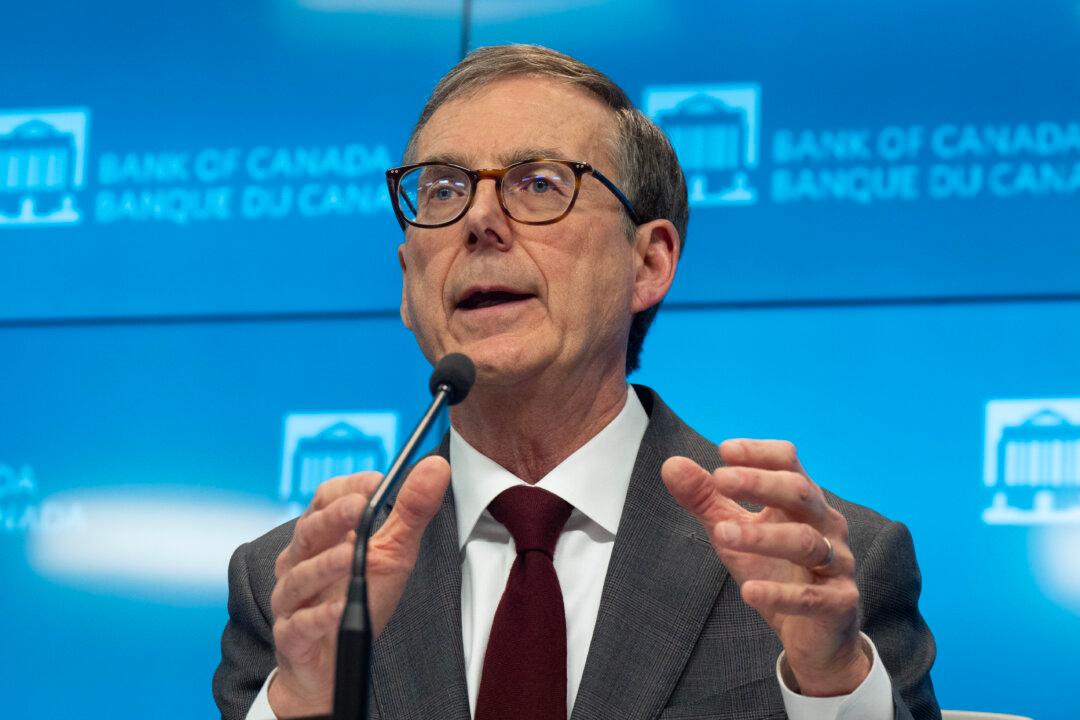Commentary
The Canadian Consumer Price Index (CPI) dropped to 2.8 percent annualized to the end of June from 3.4 percent in May. The index was expected to drop to 2.9 percent as a result of easing price pressures and the drop off of the June 2022 figure as the CPI rose about 0.6 percent that month. The core index rose 3.8 percent year over year.
The Bank of Canada emphasizes this measure does not account for the volatile food and energy components. The West Texas Intermediate Oil price has dropped over 20 percent in the last year.
The core figure remains above the Bank of Canada’s specific target of 2 percent, within the 1 to 3 range. However, prices at grocery stores rose 9.1 percent, year over year, as ordinary Canadian families continue to struggle with higher food costs. Mortgage costs soared 30 percent due to rising rates.The release of the inflation numbers might be spun as good news by the federal government, but not for people struggling to feed their families and pay to put a roof over their heads. Apparently, many homeowners with mortgages are lengthening their amortization periods in order to be able to make their monthly payments. Some mortgages have become “interest-only” loans as people attempt to cope with the rising cost of necessities.
Prices rose only 0.1 percent in June, which was well below the 0.3 forecasted. This was the second month in a row that the CPI rose by only 0.1 percent. The index has risen only 1.2 percent if we annualize the last two months.
Price pressures appear to be abating but the Bank of Canada now expects inflation to remain at 3 percent well into 2024 before falling to 2 percent only by mid-2025; later than previously hoped for. This would likely mean that interest rate relief will not be coming any time soon. As mortgages come up for renewal, more Canadians will be facing significantly higher monthly payments which, all things being equal, will be a drag on the economy.
Ten-year Canada yields showed little volatility after the release of the data and were at 3.4 percent at 9:00 a.m., an insignificant drop of two basis points from the previous day. One-year yields were unchanged at 5.2 percent. The Canadian dollar fell slightly when the figure was released, continuing its trend of the last few days. Apparently, the market was not elated nor significantly disappointed by the CPI number.
There is a general consensus that the Bank of Canada will not raise rates at the next policy meeting on Sept. 6. This is around seven weeks away and a lot can happen between now and then. The Canadian economy has been anemic as annual growth is expected to be 1.8 percent in 2023 and 1.2 in 2024 according to the Bank of Canada which may be optimistic.
China, the world’s second-largest economy, on the downside, has surprised most analysts and might be in technical deflation at this point as imports and exports both fall.
One can hardly envy the Bank of Canada at this point. Inflation remains stickier than perhaps they, and certainly many market watchers, expected although it has come down from 1970s levels. The world economy remains weak and appears to be getting weaker as China and Europe are struggling in their own way.
The North American economy is hardly booming, and as debt in the public, corporate, and household sectors come up for rollovers, hardship will ensue as interest costs soar. The soft landing envisioned by optimists—of avoiding a recession while inflation quickly drops to below 2 percent—appears more and more unlikely. Tough times will continue and might get even tougher. The remainder of 2023 will certainly be interesting.





